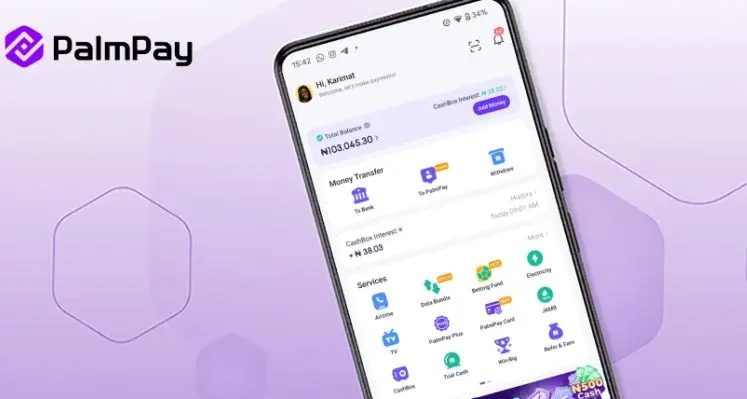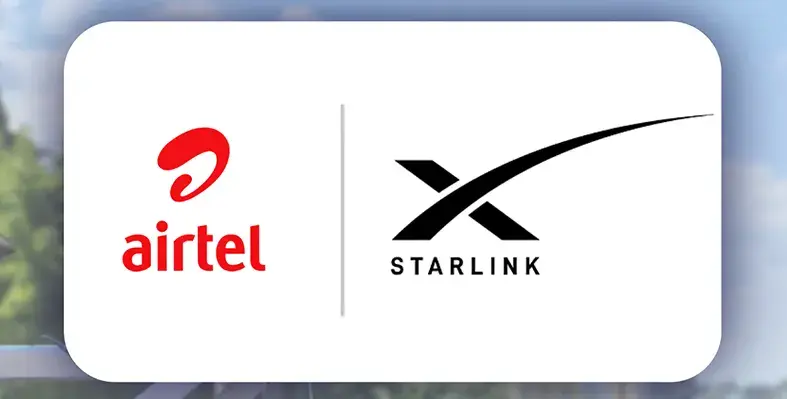Jeremy Leach, executive director and CEO of Inclusivity Solutions highlights three key points that all mobile value-added service decision makers should take into consideration when dealing with mobile insurance
As mobile operators rush to find alternative revenue streams and take new value-added services (VAS) to market, the GSMA cautions operators to treat mobile money as more than a VAS, citing the associated complexities as unique to
ensuring successful uptake. This consideration should be extended to other mobile financial services such as mobile insurance.
Recent GSMA figures point to a nine per cent year over year growth in mobile insurance services, with 63 per cent of the 120 live services being led by mobile operators. The reality however, is that only eight of these services have
issued more than a million policies. So how can mobile operators increase their chances of implementing a successful insurance offering?
1. Evaluate the capabilities needed
There is a good reason why mobile operators are the platform of choice for mobile insurance. They offer the benefit of three characteristics:
Firstly they have access to a vast customer base, secondly they are able to offer a payment mechanism that scales and thirdly they offer a recognised and trusted brand. And whilst the operators offer an excellent vehicle for mobile
insurance, many are choosing to complement their own capabilities by creating partnerships with vendors capable of designing, building and operating these initiatives, or more radically, choosing to secure their own insurance licenses.
Whatever the partnership model of choice, operators should be reminded that mobile insurance requires deep vertical expertise and specialist skills which warrants treatment
different to that of a traditional VAS offering.
2. Let customer centricity be the guide
The introduction of a new VAS is usually underpinned by the need to address specific measures such as increasing average revenue per user (ARPU) or mobile money savings. This offers a helpful starting point, however decision makers should
hold off on determining the most appropriate product vehicle until they have a firm understanding of which solutions offer the customer most value.
Investing in research such as Human Centred Design (HCD) can offer insight into what is important to the consumer and consequently the sort of services they are willing to pay for.
A report examining the criteria underpinning the microinsurance sprinters, suggests that offering a variety of insurance products can help to increase market penetration.
Striking the correct balance between offering loyalty and paid insurance products, or a combination, is optimum and requires careful consideration when designing the products
and associated payment mechanisms.
www.inclusivitysolutions.com
To read the rest of this article please turn to page 27 in Communications Africa Issue 1 2017
http://www.communicationsafrica.com/magazine-archives/communications-africa-1-2017























